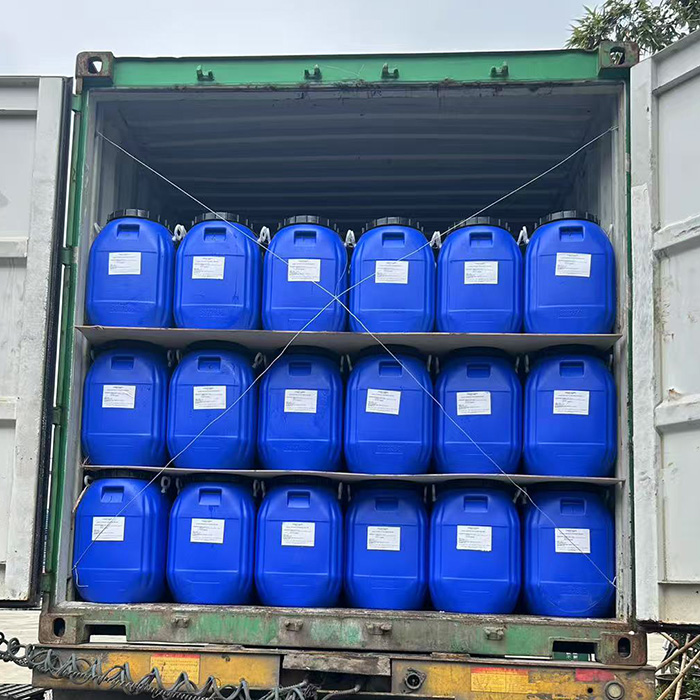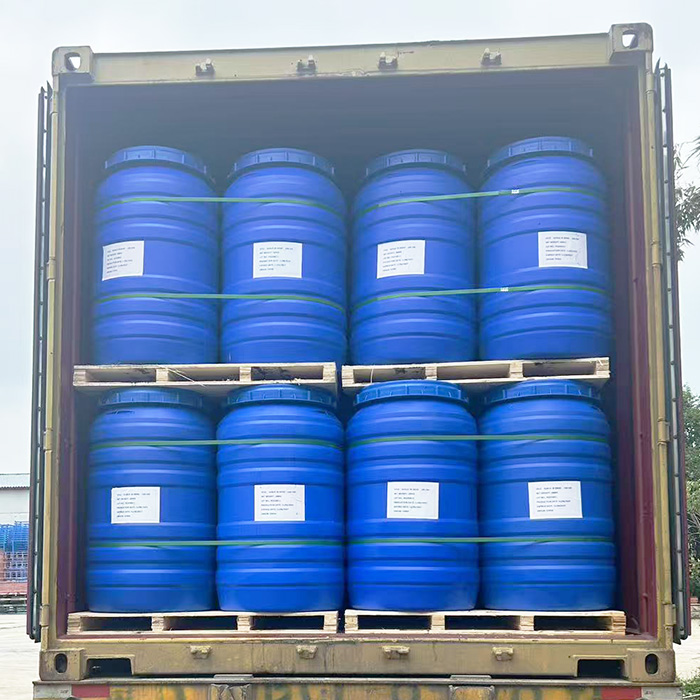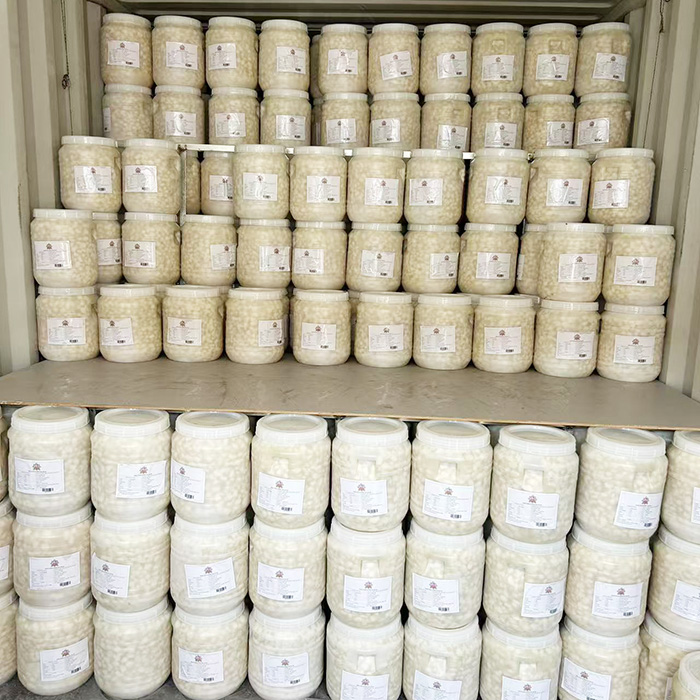Salted garlic is not only delicious, but also rich in various nutrients and active substances. Every 100 grams of fresh garlic contains 4.4 grams of water, 6.4 grams of carbohydrates, 0.6 grams of protein, 0.1 grams of fat, 1.5 grams of fiber, 5 milligrams of calcium, 44 milligrams of phosphorus, 1.7 milligrams of iron, 31 milligrams of vitamin C, 0.2 milligrams of vitamin B1, 0.1 milligrams of vitamin B2, 0.6 milligrams of niacin, etc. The most distinctive and valuable component in salted garlic is allicin, which is produced by the reaction of a substance called alliin and an enzyme called alliinase after garlic is chopped or crushed. Allicin is an oily liquid with a strong odor and spicy taste. It is the main aroma and flavor component of salted garlic, as well as the main pharmacological active ingredient of salted garlic.
Saltwater allicin has various physiological and pharmacological functions, among which the most well-known are its antibacterial and anti-inflammatory effects. Allicin can inhibit or kill various bacteria, fungi, viruses, and parasites, including Staphylococcus aureus, Escherichia coli, Streptococcus pneumoniae, Candida albicans, influenza virus, etc. Allicin can also inhibit some substances that cause inflammatory reactions, such as prostaglandins and interleukins. Therefore, salted garlic can be used to prevent and treat some infectious and inflammatory diseases, such as colds, pharyngitis, oral ulcers, skin infections, etc.
Although fresh garlic has many benefits, it also has some shortcomings. For example, fresh garlic is prone to spoilage and mold, making it difficult to store for a long time; Fresh garlic has a strong stimulating and spicy taste, and is not suitable for everyone to consume; Fresh garlic can produce a persistent bad breath that affects interpersonal communication. In order to solve these problems, people have invented various processing methods for garlic, among which the most common and simplest is saltwater garlic.
Saltwater pickling is the simplest and most commonly used method, which simply involves soaking garlic in salt water. The specific steps are as follows:
Prepare fresh garlic cloves, peel off the skin, wash thoroughly, and air dry.
Prepare a clean glass bottle or ceramic jar, disinfect and air dry.
Put the garlic cloves into a bottle or jar, arrange them as tightly as possible without leaving any gaps.
Prepare salt water, with a ratio of 50 grams of salt per liter of water, and stir evenly.
Pour salt water into a bottle or jar, submerge the garlic cloves, and leave a certain layer of air.
Seal the bottle or can lid and place it in a cool and ventilated place, waiting for fermentation.
After about a month, it can be consumed. Before consumption, the surface salt can be washed away, and some seasonings such as chili, Sichuan peppercorns, and cilantro can be added to enhance the flavor.
The advantages of pickled garlic are simple operation, low cost, and maintaining the original flavor of garlic. Saltwater can inhibit the growth of harmful bacteria, promote the fermentation of beneficial bacteria, and produce some organic acids and aromatic substances. Meanwhile, salt water can also inhibit the decomposition of allicin, maintaining the nutritional value and pharmacological effects of garlic. However, pickled garlic also has some drawbacks, such as excessive salt content affecting taste and health; The fermentation process will produce some gases and liquids, which need to be discharged regularly; The fermentation time is relatively long and requires patient waiting.



Post time: Jul-09-2025





